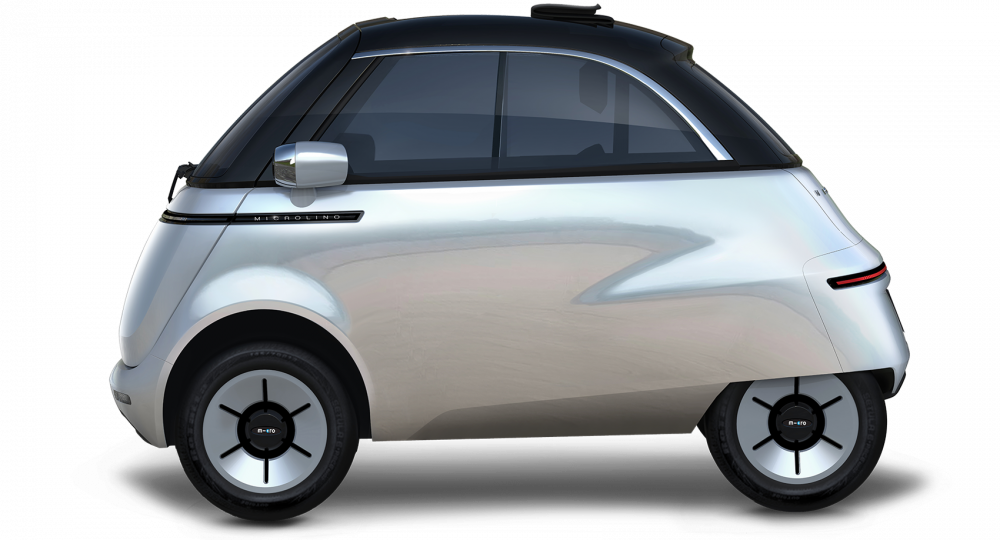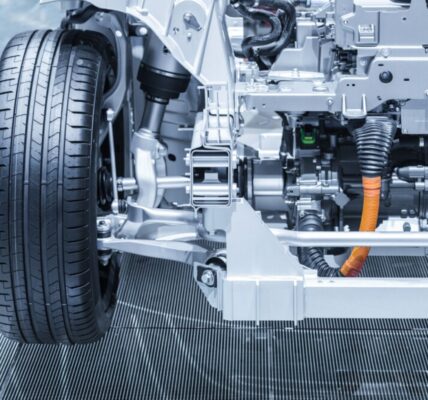The global micro electric vehicles market size is projected to gain momentum owing to the increasing popularity of micro-mobility services. This, coupled with the rise in environmental concerns that promotes the use of eco-friendly products, commodities, and services. According to a recent report on Micro Electric Vehicles (EV), the value of this market was USD 4944.8 million in 2018 and is expected to rise at a CAGR of 1.53% and reach USD 5814.7 million by 2026. The forecast period is set from 2019 to 2026.
Micro electric vehicles are compact, cost-efficient, and have better clarity over emission regulations. The aforementioned facts are the key contributors of the global micro electric vehicles market growth. In addition to this, these vehicles are built from bio-composite bodies and carbon fiber, and are therefore light and small in size, making it apt for driving in the city. The features listed above of micro EVs will help augment the growth of the market in the coming years.
On the contrary, the lack of proper electric charging stations in most of the emerging nations may restrict the growth of the market during the forecast period. Nevertheless, active government participation in the form of laws to curb carbon emission and minimize pollution levels are likely to create lucrative growth opportunities for the market in the coming years.
Among all segments in type, the commercial use segment held the highest share owing to the compact size of electric microcars and their ability to minimize the road traffic. These vehicles can reduce on-road congestion and are good for use on airport terminals. On the other side, the personal use segment is expected to rise at a significant CAGR owing to the increasing popularity of electric vehicles among the younger population owing to its cost efficiency and high maneuverability.
Among all regions, Asia Pacific dominated the global market with a revenue of USD 1703.4 million in 2018. This is owing to the increasing efforts to use plug-in electric vehicles as a long term solution to solve all environmental and social problems such as energy security, congestion, and pollution caused by rapid motorization. Countries such as China are emphasizing on the use of electric vehicles and are providing national incentives to increase its popularity among people, thereby aiding the expansion of the market in the forthcoming years.
Key companies include Yamaha Golf-Car Company (Georgia, U.S.), Ingersoll Rand (Milwaukee, U.S.), Renault (Paris, France), Yogomo (Shandong, China), Textron (Rhode Island, U.S.), Italcar Industrial S.r.l. (Turin, Italy), Polaris Inc. (Minnesota, U.S.), etc







